Businesses diversify markets to promote exports. (Photo: VNA)
Maximize your inner potential
In 2025, facing fluctuations in the global market, Hung Yen Garment Corporation plans to have a total revenue of 616 billion VND; Pre-tax profit of 50 billion VND; Average income of employees of 12.5 million VND/person/month.
According to the representative of Hung Yen Garment, to achieve the set plan, in the immediate future, the Corporation will mobilize employees to focus on the highest labor efficiency to complete signed orders with customers exporting to the US to deliver goods to customers before the US reciprocal tax deadline is applied.
“The company will closely monitor the trade dispute between China and the United States and the results of tariff negotiations between Vietnam and the United States to prepare negotiation plans with customers, stabilize jobs for workers, and continue to maintain and expand markets and old customers such as Japan, Europe, Korea... Develop new markets and proactively seek customers using raw materials in Vietnam,” said a representative of Hung Yen Garment.
For Nam Dinh Textile and Garment Joint Stock Corporation, the Corporation clearly defines the strategy to consolidate internal strength, improve operational efficiency, and create momentum for a solid recovery in the coming period, including: Completing production and business plan targets for 2025 and the following years; Promoting market exploitation, especially export markets and diversifying customers; increasing consumption output of internal supply chains; promoting production and export of fire-resistant products.
“The enterprise also researches and applies advanced management models to increase productivity, quality and efficiency; invests in development, strengthens production capacity, expands and improves production capacity in the textile and towel weaving sector; maximizes the advantages of the service and support sectors; builds appropriate mechanisms to recruit young, highly qualified management teams, rejuvenates the direct workforce and focuses on training, while improving working conditions, enhancing material and spiritual life, and welfare regimes for employees...,” said a representative of this enterprise.
In 2024, textile and garment export turnover will reach about 43.6 billion USD. (Photo: Duc Duy/Vietnam+)
According to the Vietnam Textile and Apparel Association (Vitas), Vietnam's textile and garment products are being exported to 139 markets with a turnover of 100,000 USD or more. In 2024 alone, Vietnam will export 43.6 billion USD, of which exports to the US market account for 38.2% and rank second after China in this market. Next are the EU and Japan markets, each accounting for about 10.5%; China 8%, South Korea about 8%, the UK about 1.7%, so the imposition of US tariffs on Vietnam and other countries in general will greatly affect textile and garment enterprises.
Mr. Cao Huu Hieu, General Director of Vietnam National Textile and Garment Group, assessed that Vietnam's textile and garment industry is very sensitive to tariff policies and the US-China trade war. The situation in the coming period depends entirely on the response of the US government and whether China can reach agreements quickly or not. In such a constantly changing situation, businesses need to focus on maximizing internal capacity.
“More than ever, the philosophy of “Remaining constant and adapting to all changes” should be applied. That is, being steadfast and maintaining the goals that need to be achieved, while being flexible, adaptable, and creative with the specific methods, conditions, and circumstances of each business,” Mr. Cao Huu Hieu shared.
Promoting the utilization of FTAs
Currently, the United States accounts for 30% of Vietnam's export market and is also Vietnam's largest market. According to Mr. Do Ngoc Hung, Vietnam's Trade Counselor in the United States, the US tariff policy can affect a number of Vietnamese industries, such as the electronics industry (including large manufacturers such as Samsung, Intel and LG), which are important contributors to exports to the United States.
Accordingly, imposing high taxes could affect these companies by increasing production costs, reducing competitiveness in the US market, forcing businesses to recalculate their global strategies.
Although some components such as semiconductors are exempted from reciprocal tariffs, the overall disruption of the electronics supply chain remains a major concern for the above corporations. In addition, Vietnam's labor-intensive textile and footwear industries are expected to face significant challenges, as key manufacturing industries with large export turnover are particularly sensitive to high reciprocal tariffs in the US market, leading to reduced consumption in this market.
The wood, seafood and agricultural industries are also expected to be affected by high reciprocal taxes, leading to increased costs and reduced exports to the US market, which also affects their contribution to overall exports.
Based on the current reality, the representative of the Trade Office recommends that the authorities continue diplomatic efforts, strengthen negotiations to advocate for the settlement of reciprocal tax issues, especially implementing a specific roadmap for Vietnam to protect its trade interests against potential tariff measures of the Trump administration, while strengthening strategic cooperation with the United States to ensure sustainable development in bilateral trade between the two countries in industry, trade, investment, industry, energy, artificial intelligence, etc.
Mr. Hung also emphasized the diversification of export markets, through free trade agreements (FTAs), especially new FTAs to divide risks in case of market fluctuations and find alternative export markets to the US market.
Processing seafood for export. (Photo: Duc Duy/Vietnam+)
Trade Office representatives recommended that managers introduce measures to stimulate domestic consumption demand through domestic consumption stimulus to compensate for potential export decline in the coming time.
For businesses, it is necessary to focus on improving domestic competitiveness, upgrading technology, encouraging innovation, simplifying business regulations and improving infrastructure to reduce production costs and improve product quality to create more competition in the US market...
On the business side, Mr. Nguyen Hoai Nam, General Secretary of the Vietnam Association of Seafood Exporters and Producers (VASEP), said that Vietnam is among the top 10 largest seafood exporting countries to the United States. During the 90-day US tax deferral, businesses are accelerating production and maintaining good raw material purchase prices.
In addition, the Association also proactively connects with the Ministry of Industry and Trade and relevant ministries and branches in negotiations with partners, and at the same time prepares backup plans in case of possible adverse events.
Vasep representative suggested that, in addition to traditional markets such as the US, EU, and China, authorities should also support businesses to accelerate trade promotion, expand markets, and boost exports./.
According to VNA
Source: https://baothanhhoa.vn/doanh-nghiep-linh-hoat-ung-bien-voi-tinh-hinh-moi-de-day-manh-xuat-khau-247947.htm


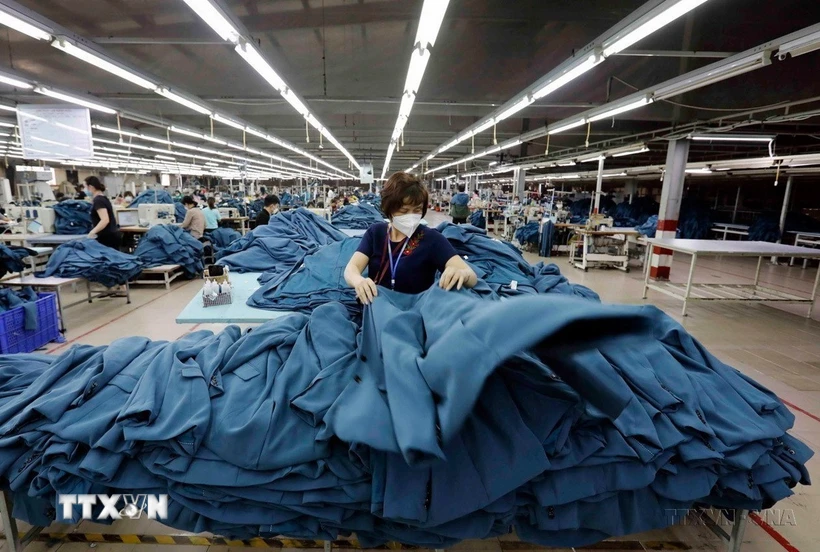
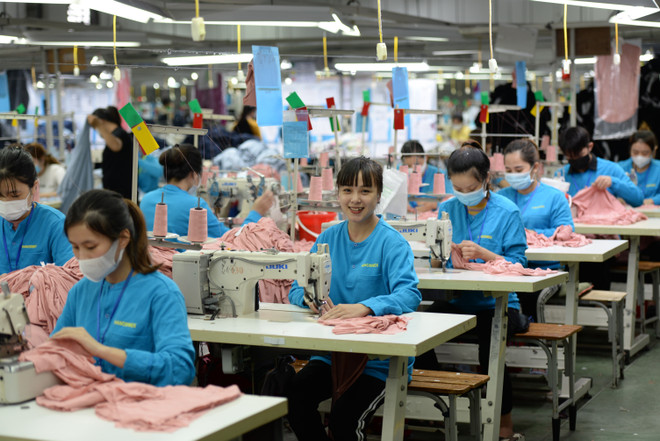
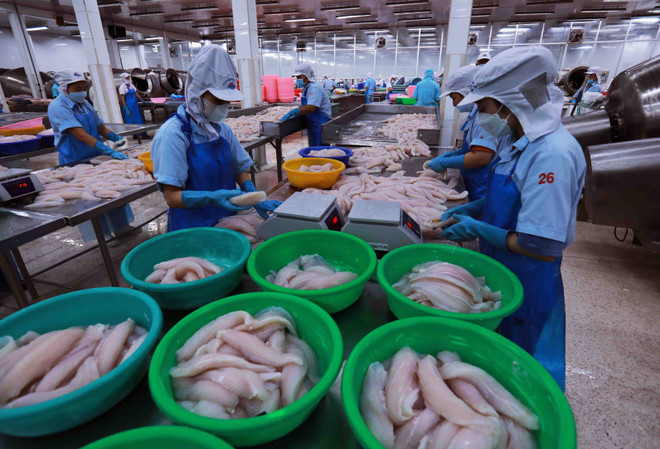
![[Photo] Press delegation meeting to visit Truong Sa and DK1 Platform](https://vphoto.vietnam.vn/thumb/1200x675/vietnam/resource/IMAGE/2025/5/22/6b8d232877ec421a9e8187d83b9f8006)
![[Photo] Prime Minister Pham Minh Chinh chairs meeting on draft Resolution of National Assembly on International Financial Center in Vietnam](https://vphoto.vietnam.vn/thumb/1200x675/vietnam/resource/IMAGE/2025/5/22/d398664ff1a140629169ea5a24e1b4d0)
![[Photo] General Secretary To Lam chairs a working session with the Central Internal Affairs Commission](https://vphoto.vietnam.vn/thumb/1200x675/vietnam/resource/IMAGE/2025/5/22/3b7790f499da45b2803d8ae253207ef1)

![[Photo] T&T 1 and Ho Chi Minh City 1 People's Police Teams won the men's and women's team championships](https://vphoto.vietnam.vn/thumb/1200x675/vietnam/resource/IMAGE/2025/5/22/39db06ae67cb4001b7a556e8d9a56d07)

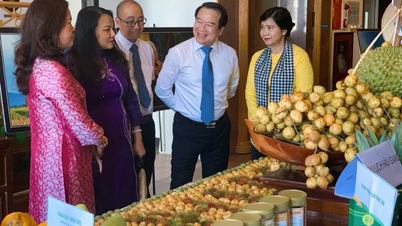

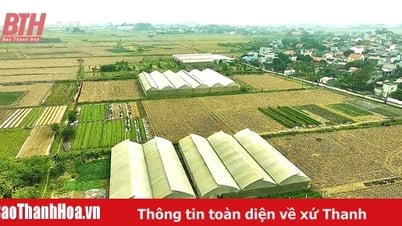



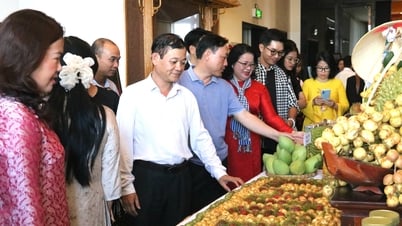








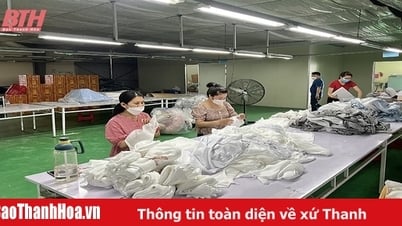









































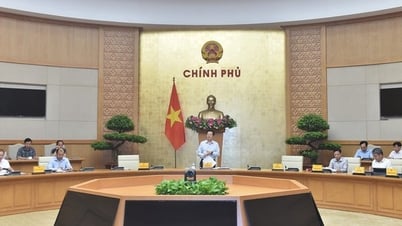

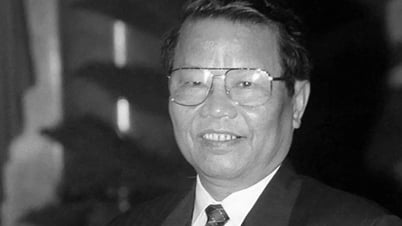




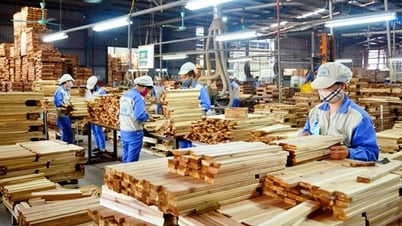













![[Podcast] Week introducing more than 500 OCOP products in Hanoi](https://vphoto.vietnam.vn/thumb/402x226/vietnam/resource/IMAGE/2025/5/22/d144aac2416744718388dbae3260e7fd)





Comment (0)